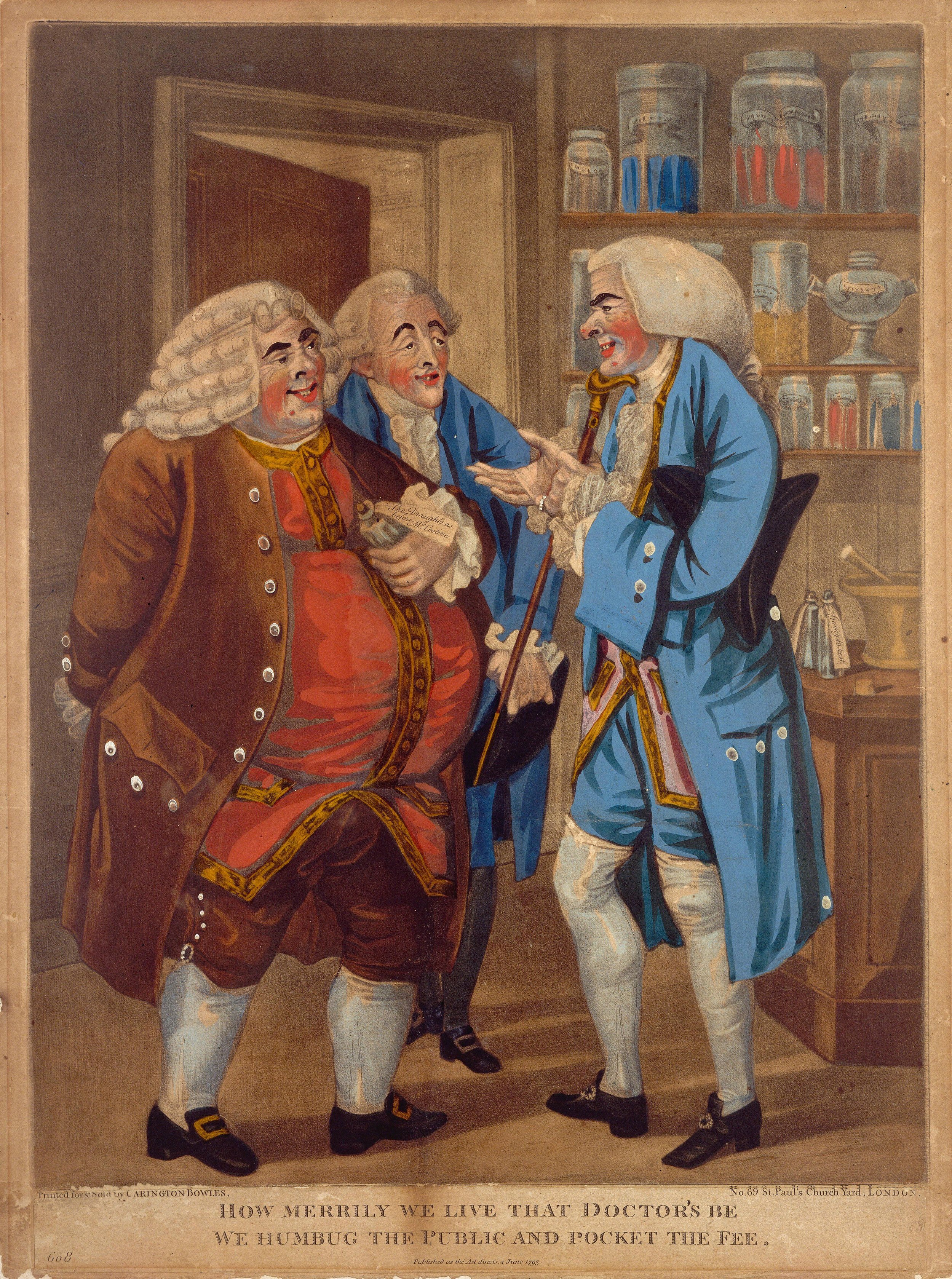12 January 2023
A sudden and sustained drop in barometric pressure at the center of an extratropical cyclonic storm that indicates a strengthening of the storm system is known as a bomb cyclone or bombogenesis. The use of bomb is due to the metaphorically explosive nature of the change, and of course a cyclone is simply a circular storm, like a hurricane or tornado. Bombogenesis is a compound with the connecting -o- between the two elements, bomb and genesis, referring to the cause or start of the process. This latter term is modeled after cyclogenesis, referring to the start or strengthening of a cyclonic storm, which has been in use since at least 1925.
The meteorological sense of bomb was coined by Frederick Sanders and John Gyakum in a paper published in the October 1980 issue of Monthly Weather Review. The abstract of their paper reads:
By defining a “bomb” as an extratropical surface cyclone whose central pressure fall averages at least 1 mb h-1 for 24 h, we have studied this explosive cyclogenesis in the Northern Hemisphere during the period September 1976–May 1979. This predominantly maritime, cold-season event is usually found ~400 n mi downstream from a mobile 500 mb trough, within or poleward of the maximum westerlies, and within or ahead of the planetary-scale troughs.
A more detailed examination of bombs (using a 12 h development criterion) was performed during the 1978–79 season. A survey of sea surface temperatures (SST’s) in and around the cyclone center indicates explosive development occurs over a wide range of SST’s, but, preferentially, near the strongest gradients. A quasi-geostrophic diagnosis of a composite incipient bomb indicates instantaneous pressure falls far short of observed rates. A test of current National Meteorological Center models shows these products also fall far short in attempting to capture observed rapid deepening.
And meteorologists have been using bomb cyclone since at least 1987, when the term appears in an article by Stephen J. Colucci and J. Clay Davenport in the April issue of Monthly Weather Review:
Except for Bodurtha’s (1952) arbitrary definition of anticyclogenesis, a distinction is not made in all of these works between rapid and ordinary surface anticyclone intensification, in the same way that “bomb” cyclones are distinguished from nonexplosive cyclones.
The earliest use of bombogenesis that I’m aware of is in a 1989 master’s thesis by a Michael E. Adams, who describes his research as follows:
This research explores the processes responsible for the explosive cyclogenesis that took place over the Mid-West United States during 14–15 December 1987. Climatology shows that a high frequency of “bombogenesis” occurs over the ocean. Contrary to climatology, this storm's development occurred entirely over land. During an 18 hour period of deepening the cyclone experienced a central pressure drop of 27 mb. Moreover, within that time period the cyclone experienced a six hour pressure drop of 15 mb.
These terms began working their way out of meteorological jargon and into general discourse starting in the mid 1990s. The first was bombogenesis, which appears in an article in Rochester, New York’s Democrat and Chronicle of 16 November 1995 by local meteorologist Kevin Williams:
The storm itself developed from energy in the upper atmosphere. It strengthened rapidly as it moved over the warm Gulf Stream waters.
The explosive deepening of a storm is called “bombogenesis.”
When a storm “bombs,” it detonates a process in the atmosphere that brings together the ingredients that produce some of this planet’s greatest storms: the nor’easters.
Note that Williams is also using bomb as a weather-related verb here.
Bomb cyclone would take a while longer to enter general discourse, but it did by 31 December 2015 when it appears in an article in the Washington Post:
The same storm that slammed the southern United States with deadly tornadoes and swamped the Midwest, causing even greater loss of life, continued on to the Arctic. Sub-tropical air pulled there is now sitting over Iceland, and at what should be a deeply sub-zero North Pole, temperatures on Wednesday appeared to reach the melting point—more than 50 degrees above normal. That was warmer than Chicago.
Only twice before has the Arctic been so warm in winter. Residents of Iceland are bracing for conditions to grow much worse as one of the most powerful storms ever recorded blasts through the North Atlantic. This rare “bomb cyclone” arrived with sudden winds of 70 miles per hour and waves that lashed the coast.
Unfortunately, due to climate change we’ll be seeing a lot more of these terms in coming years.
Sources:
Adams, Michael E. Anatomy of a “Bomb” Diagnostic Investigation of Explosive Cyclogenesis Over the Mid-West United States. North Carolina State University (master’s thesis), 1989, 11. Defense Technical Information Center.
Colucci, Stephen J. and J. Clay Davenport. “Rapid Surface Anticyclogenesis: Synoptic Climatology and Attendant Large-Scale Circulation Changes” (6 October 1986). Monthly Weather Review, 115.4, April 1987, 822. American Meteorological Society Journals.
Fears, Darryl and Angela Fritz. “Cataclysms from the North Pole to South America.” Washington Post, 31 December 2015, A1. ProQuest Historical Newspapers.
O’Conner, Patricia T. and Stewart Kellerman. “Bomb Cyclone: A Blast from the Past.” Grammarphobia (blog), 9 May 2022.
Oxford English Dictionary, third edition, December 2019, s.v. bombogenesis, n.; June 2015, s.v. cyclogenesis, n.
Sanders, Frederick and John R. Gyakum. “Synoptic-Dynamic Climatology of the “Bomb” (12 June 1980). Monthly Weather Review, 108.10, October 1980, 1589. American Meteorological Society Journals.
Williams, Kevin. “Folks, We Just Encountered ‘Bombogenesis.’” Democrat and Chronicle (Rochester, New York), 16 November 1995, 12A. ProQuest Historical Newspapers.
Photo credit: US National Oceanic and Atmospheric Administration (NOAA), 2018. Wikimedia Commons. Public domain image.





